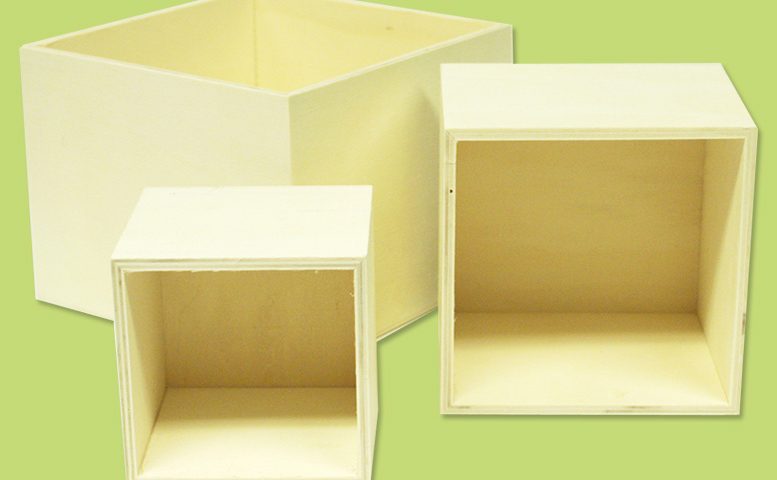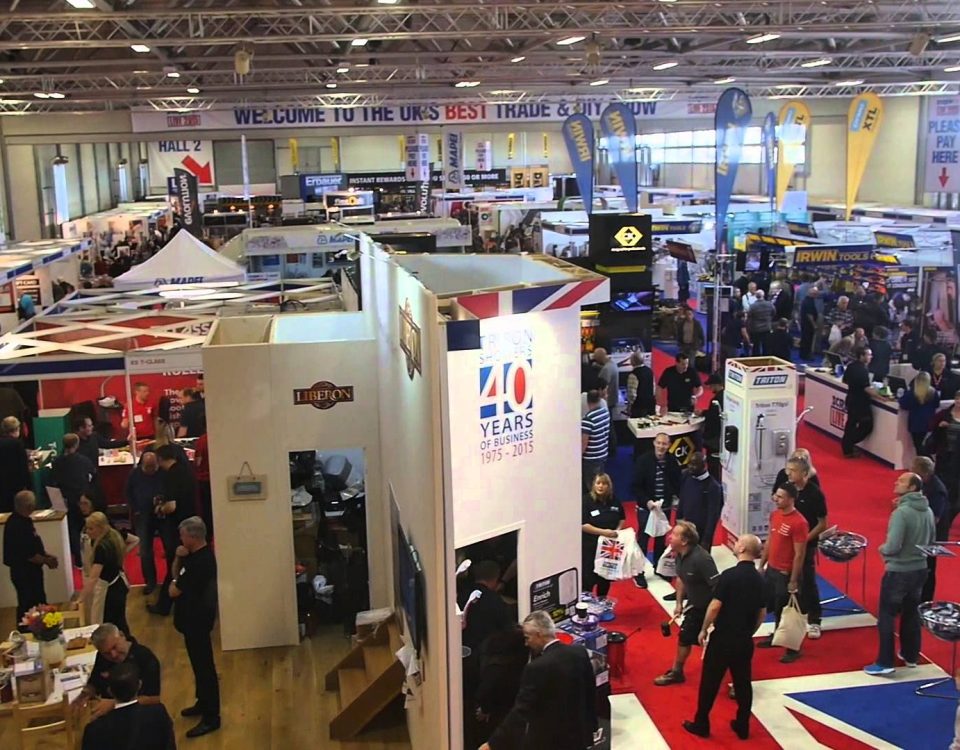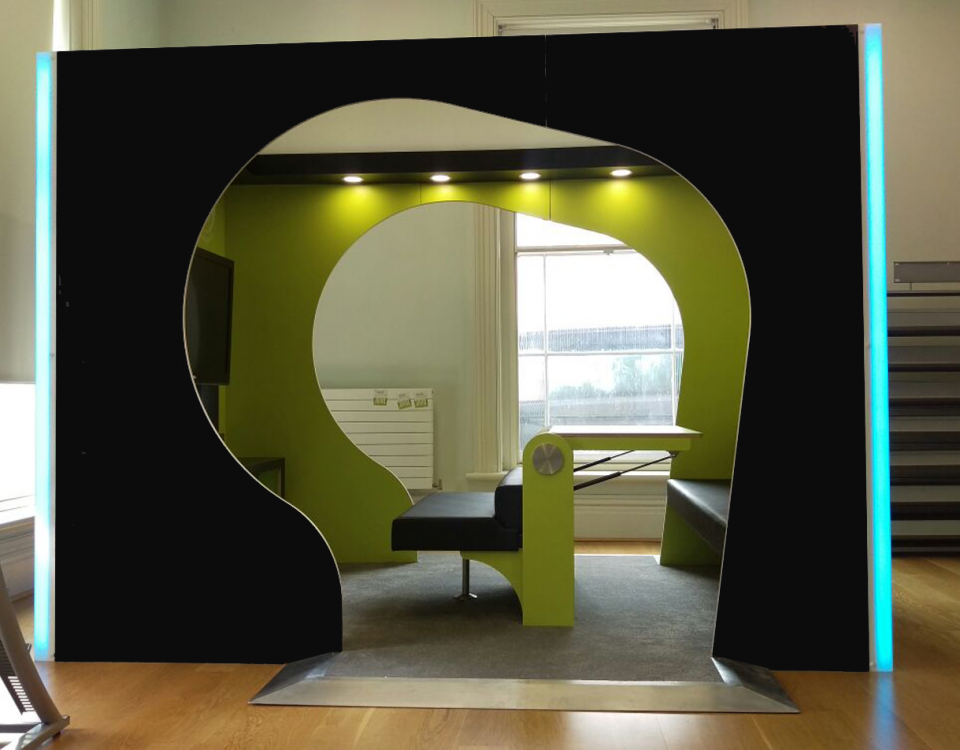- Custom Exhibition Stands and More
- 01443 704350
- 07899 755250
How to make a box out of MDF – what’s needed

YGGGL and Ysgol Gynradd Llanhari’s New Climbing Walls
March 18, 2016How To Make a Box
When considering how to make a box, let’s get a few questions out of the way first:
What thickness of MDF shall we use?
How critical should we be with tolerance?
What are you using to cut your panels?
What size are the panels?
What screw size is required?
Do we need to use glue?
Will the box be strong enough?
What size is the box?
When you make a box, what is it going to be used for?
Will the box require a door?
Where is the door to be located?
Which way does the door open?
What type of hinges do you use for your door?
Is the box mounted on the wall or at floor level?
What is the finish of the box?
Do you need feet on your box?
Does your box need lifting handles?
Do you need a shelf inside your box?
What is the finish inside your box?
Do you need power in your box?
What thickness of MDF shall we use?
This really depends on what the box is going to be used for and how it’s going to be finished. If the box is to be painted and needs to be light for transport, as they sometimes need to be for Custom Exhibition Stands, then we would consider a 2×1 PSE internal ladder frame clad with 6mm MDF. If the box is to be laminated then we need the structural integrity of 18mm, which negates the need for a ladder frame as 18mm is inherently stable. 12mm can also be used for cladding but it’s more difficult to screw into the end grain as it splits, therefore shouldn’t really be used without ladders or internal supports. Internal supports also need to be used on 18mm, depending on the size of your box. This will stop any flex along long lengths.
How critical should we be with tolerance?
Let’s assume we are making the box out of 18mm and the size is 600mm (w) x 400mm (d) x 400mm (h). Most people would make the top and bottom to the overall size of the box, which would be fitted last, but this leaves room for error. So, if you want to be super critical, oversize these panels by 2mm (402mm x 602mm), keeping 2 sides completely flush and overhanging on the remaining 2. To finish the overhang, use a router with a trimming bit to remove the excess overhang – resulting in a completely flush box.
What are you using to cut your panels?
We’ve seen panels cut in all manor of ways when producing a box, from rough hand sawn (throw it together in a hurry), to jigsaw cuts (no other mechanical saw available), to circular skill saws, table saws and plunge saws (track saws). The later two devices are your best bet for a straight edge, although please use the guide on a table saw as we’ve seen panels look like ‘S’ bends that have been fed by hand. We predominantly use track saws but for large repetitive runs a good quality table saw is preferred.
What size are the panels?
So, let’s go back to our 18mm MDF box which is 600mm (w) x 400mm (d) x 400mm (h). Presuming you have the use of a router the top and bottom panels would be 602mm x 402mm, if you don’t have a router then 600mm x 400mm. The 2 long sides would be 600mm x 364mm (minus 36mm for the 2 thicknesses of 18mm on the top and the bottom) and the 2 x infill’s on either end would measure 364mm x 364mm (minus 36mm for the 2 thicknesses of 18mm on the top and the bottom and 36mm for the 2 thicknesses of 18mm on the sides).
This method would be the exactly the same for different sizes of box, and it is always the thickness of the MDF that you are working with that you would subtract.
What screw size is required?
When using 18mm we would use 4mm x 45mm screws and always pilot and countersink the holes first. When screwing near the top of the end-grain always bring the countersink down by a minimum of 30mm to prevent the MDF from splitting.
Do we need to use glue?
Yes, most definitely when you need to make a box! A good quality wood glue provides the strength to your box. Don’t be shy either – put it on like you are not paying for it! Screws provide the initial structure but invariably over time will become weak – so glue it up!
Will the box be strong enough?
That all depends what is going to be used for. If the box has to support a weight of 1.5 tons then invariably you would not be making it out of MDF – if the box is storage and it doesn’t need to support weight then yes. You need to consider what is going in and on the box and choose your MDF thickness and reinforce accordingly.
What size is the box?
This will ultimately be decided by the application, the location and the use. You will need measurements (or need to decide them) prior to construction. When we build Custom Exhibition Stands, we consider the size of the site first and foremost.
When you make a box, what is it going to be used for?
Most of the boxes we will make are either decorative or functional. We use the box construction to make tables, counters, pelmets, walls etc. For example, if the box is going to be used for a counter you will need to consider construction techniques (baton frame or solid MDF) depending on how long you want the counter to last and what finish you wish to see inside the box. When we make a box commercially, we often consider weight as the combination of items easily takes standard vans over their weight limit.
Will the box require a door?
If your box is to be used for storage then yes. How many doors will depend on the size of your box.
Which way does the door open?
That depends on the final location of your box. Consider where you wish to place the box and ensure that the door doesn’t open against any obstructions. Also if there is only one door and the majority of people are right handed then the obvious what to open the door is from left to right.
What type of hinges do you use for your door?
This is a minefield! We don’t particularly like hinges here at 4matix Custom Exhibition Stands, but they are a necessary evil. Most are tricky to fit and require patience and time. Standard flush fit hinges are fine if the door only has light use or is being used for a short period of time. These can usually be fitted without the need for recessing the hinge which makes them the quickest option. Standard cabinet hinges can also be used but you will need to set up a jig to rout the circular recess required – these are available in a huge variety of options from 180degree to soft close – your best bet is to do some research. If you really want longevity then use a rebated flush hinge – again you will need to set up a rig to route the recess for the plate and then the hinge mechanism. If you take your time and glue and screw these into place then they will last years.
What is the finish of the box?
When we make a box, we would usually consider only 2 finishes for our boxes, painted or laminated. If the box is to be painted you will need to fill the end-grain of the MDF with 2-pack filler and sand out any imperfections. Sheet laminate is a quick way of finishing your box and is applied with contact adhesive with the excess laminate removed with a trimming router. Start with by deciding what sides of your box need to be laminated first. Always laminate opposing sides, don’t laminate adjacent sides together. Then finish by laminating the top. Always cut your laminate larger the side you are applying too, this way you will have something to trim with the router and ensure a flush edge. Don’t try and line the laminate up with the edge unless it is absolutely necessary as invariably you will miss and it’s extremely difficult to remove. If you mess up, it’s not the end of the world, just reach for your heat gun and with patience, pull the laminate off. Always sand the corners of your laminate to remove any excess and the inevitable sharp edge. Take your time and feel constantly, over sanding looks unsightly and you just need to remove excess and ensure the edges are smooth. Finally remove any excess glue with thinners or another suitable glue remover.
Do you need feet on your box?
It’s always best to fit some kind on feet on your box, especially if it’s been laminated. This prevents the edges of the laminate being damaged in transit. You may also consider fitting runners as you would be able to slide your box if it’s heavy. Consider rubber or plastic circular feet if it’s not being moved or using baton as runners.
Does your box need lifting handles?
If you are making heavy and cumbersome boxes and it’s possible to fit or cut handles into the sides for lifting then it’s always recommended. Obviously, the overall aesthetics of the box will need to be considered. If the box is going to end up as desk then it’s not going to be possible. If you are making pelmets or towers then lifting handles are certainly assets.
Do you need a shelf inside your box?
Consider what you are using your box for? Open storage or large items; you won’t need a shelf. Smaller items? The only way to increase storage is to pop in a shelf , so pop one in!
What is the finish inside your box?
Do you need to paint the inside of the box? Is it going to be seen? Do you need to consider making the inside of the box out of white MFC so that it’s completely finished, something to consider and depending on the level of detail you need to apply.
Do you need power inside your box?
In some instances you will need to consider running power to your box. We often have clients who wish to charge phones out of site and as such, we secure a double socket with integrated USB ports inside the box. When you make a box, it will then need a hole for an extension or socket out of the back or bottom, depending on where the box is located.
So, many questions to be considered and processes to adopt, all depend on what and how the box is going to be used. As with any custom manufacturing process it’s worth sitting down and running through all the various options prior to the first cut. The last thing anyone wants is waste time so take this opportunity to properly discuss what’s required and decide on your answers before you press go…..so go on, make a box!
If you would like to make a box, materials can be purchased at various builders merchants such as Screwfix and Jewson.




